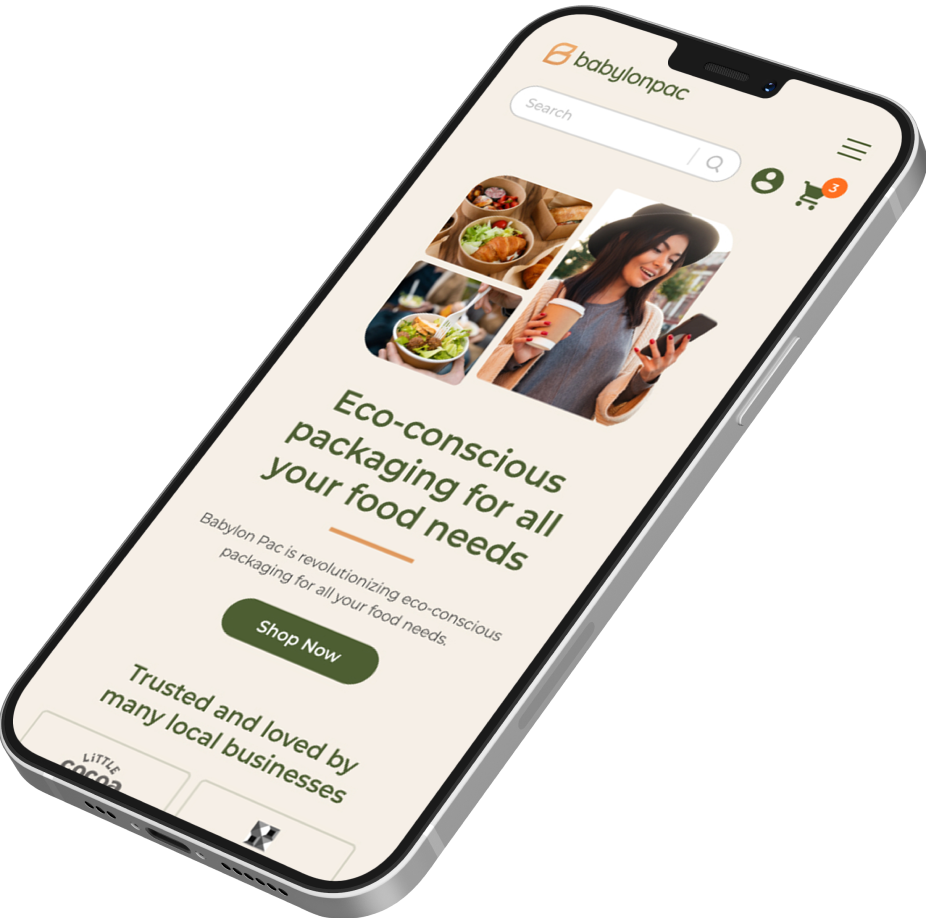Reinventing Babylon Pac through conversion-centric design thinking and sustainable brand alignment
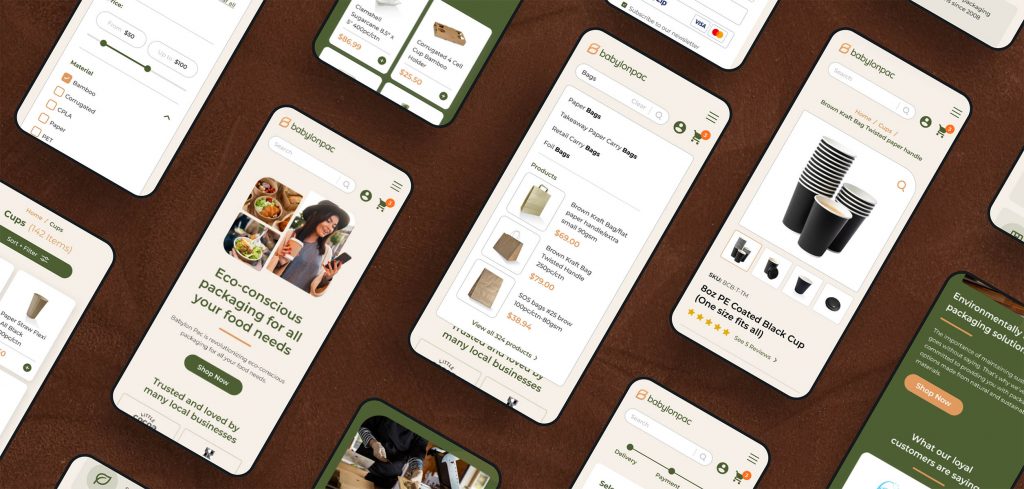
Client: Babylon Pac
Year: 2023
Duration: 6 weeks
Responsibilites
User Research
CRO Audit
Branding Workshop
Brand Design
Wireframes
Prototypes
Responsive Web Design
Style guide
Babylon Pac is a sustainable food packaging company that is committed to providing environmentally-friendly and ethical packaging solutions.
The company offers a range of packaging options, including hot and cold cups and take-out containers, to meet specific needs. By choosing Babylon Pac, customers can be confident that they are making a responsible choice for the planet.
The challenge
Users have difficulty understanding and engaging with the brand message of Babylon Pac, due to a disconnect between the website’s visual identity and its focus on providing sustainable packaging solutions.
Furthermore, the e-commerce aspect of the website was underperforming, with low conversion rates indicating that users were struggling to navigate the purchasing process.
User sentiment
01 Brand message isn’t clear
02 Website is hard to navigate
03 Brand and website UI look outdated
The solution
To solve the above challenge, I executed a rebranding and website redesign to better reflect Babylon Pac’s sustainable values, while refining the e-commerce process to enhance user experience, increase engagement, and ultimately boost conversion rates for the company.
Addressing user needs
01 Brand overhaul
02 Streamlined the e-commerce process
03 Responsive modern UI design

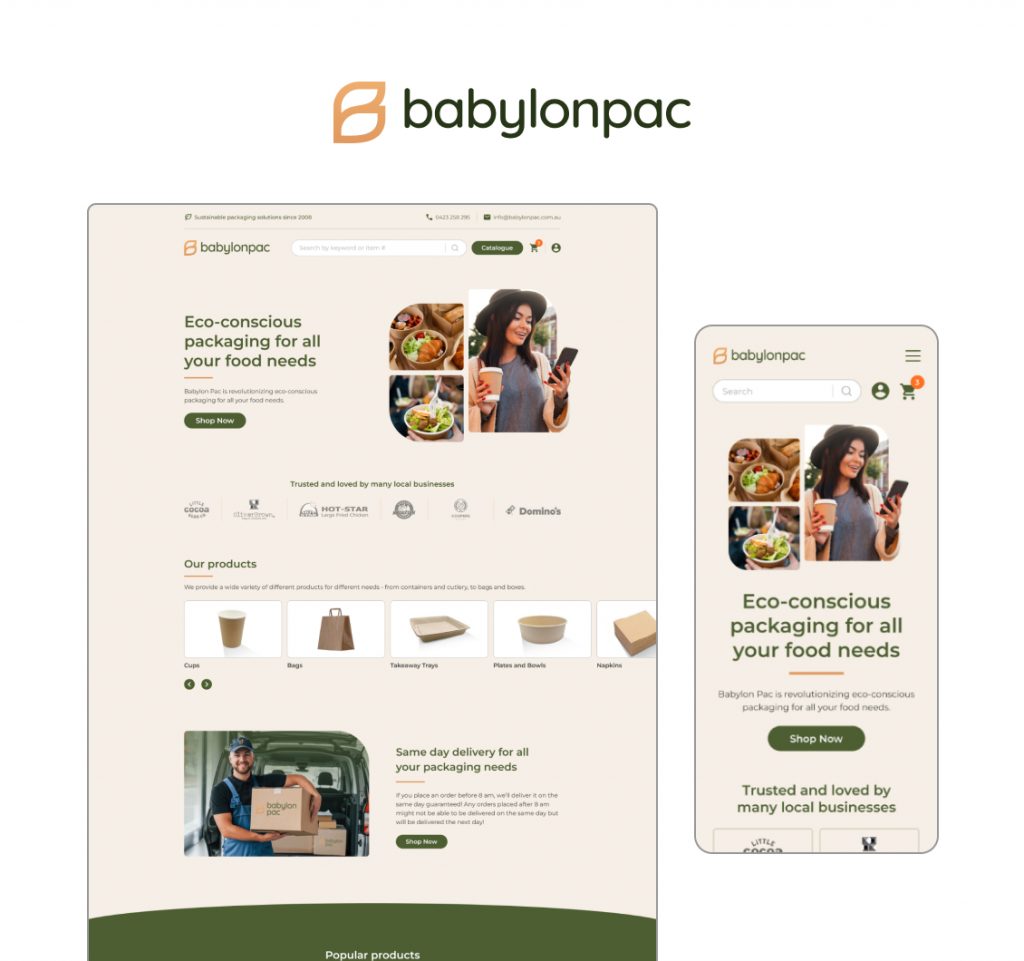
Design process
Throughout this project, I adhered to the Double Diamond Design Process, incorporating distinct phases of Discover, Define, Develop, and Deliver to ensure a thorough, user-centered approach to Babylon Pac’s rebranding and redesign journey.
Desired outcomes
Identify areas for improvement based on customer perceptions
Resolve a gap between the brand qualities Babylon Pac wants to portray and how customers actually feel
Competitive analysis

Brand workshop


To execute the brand redesign effectively, I conducted a collaborative brand workshop with the client, facilitating discussions to uncover their core message, target audience, and desired brand attributes, ensuring a tailored and impactful outcome.
Design goals
Establish a clear and compelling brand message that encapsulates Babylon Pac's commitment to sustainability and environmentally-friendly packaging solutions.
Define a consistent visual language, including color palette, typography, and iconography, that reflects the brand's values and enhances recognition.
Develop a set of actionable guidelines for implementing the new brand identity across all digital touchpoints, ensuring cohesive and consistent communication.
A brand renovation
After thoroughly understanding the client’s needs, I successfully crafted a brand identity that not only met their requirements but also resonated with their target audience, effectively conveying their sustainable values and driving engagement.
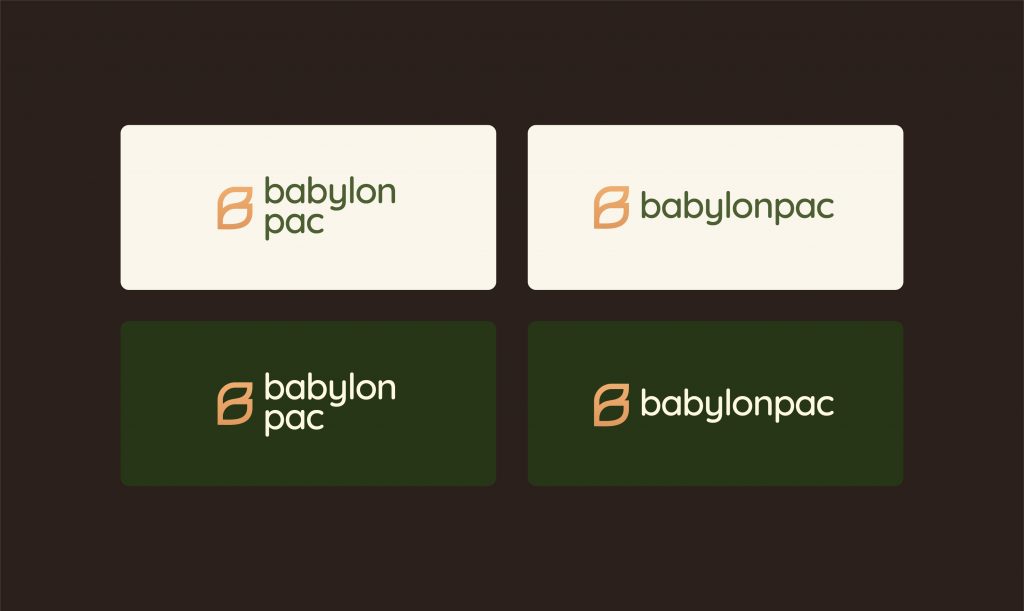
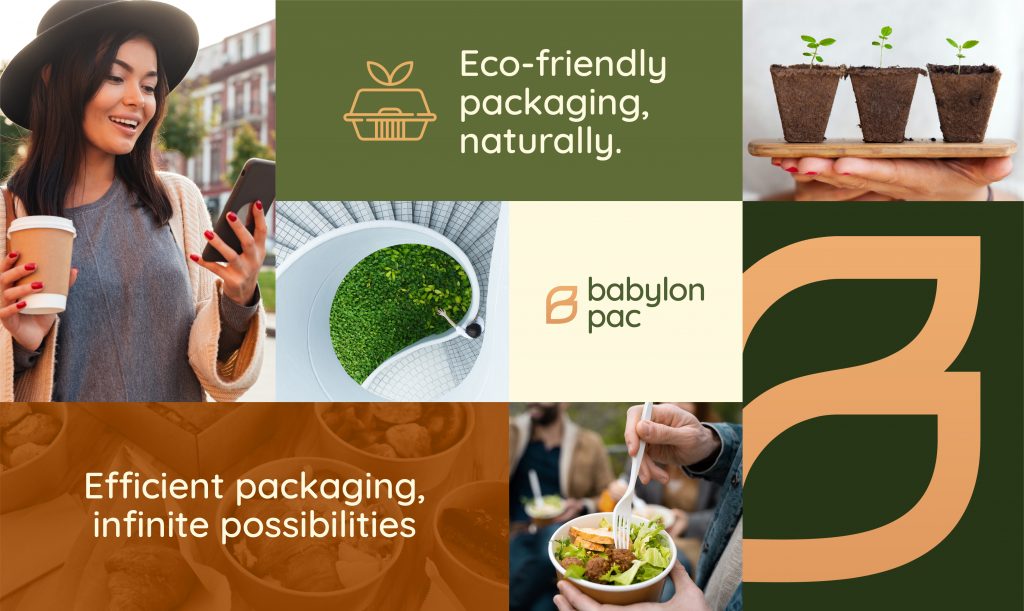
Discovering pain points
Research Findings
- Users were not scrolling beyond the fold
- 1 in 4 users abandoned checkout
- Users were not finding the products they wanted when using the search bar
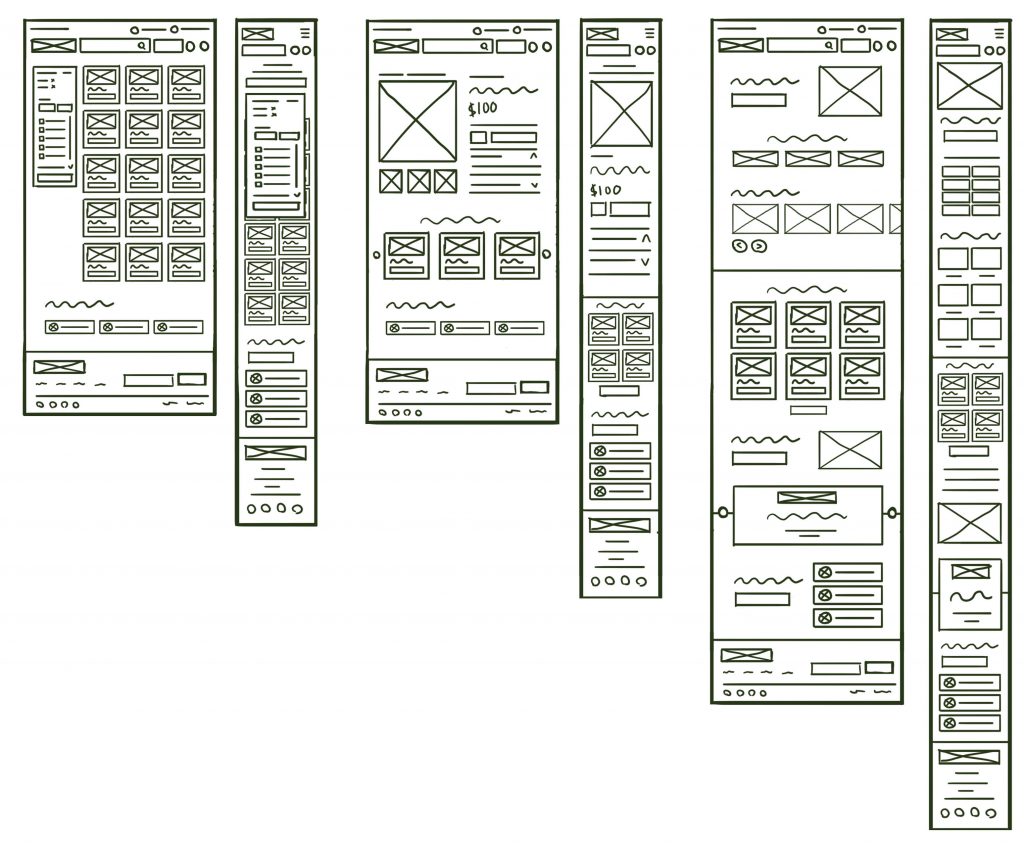
Paper wireframes
Digital wireframes
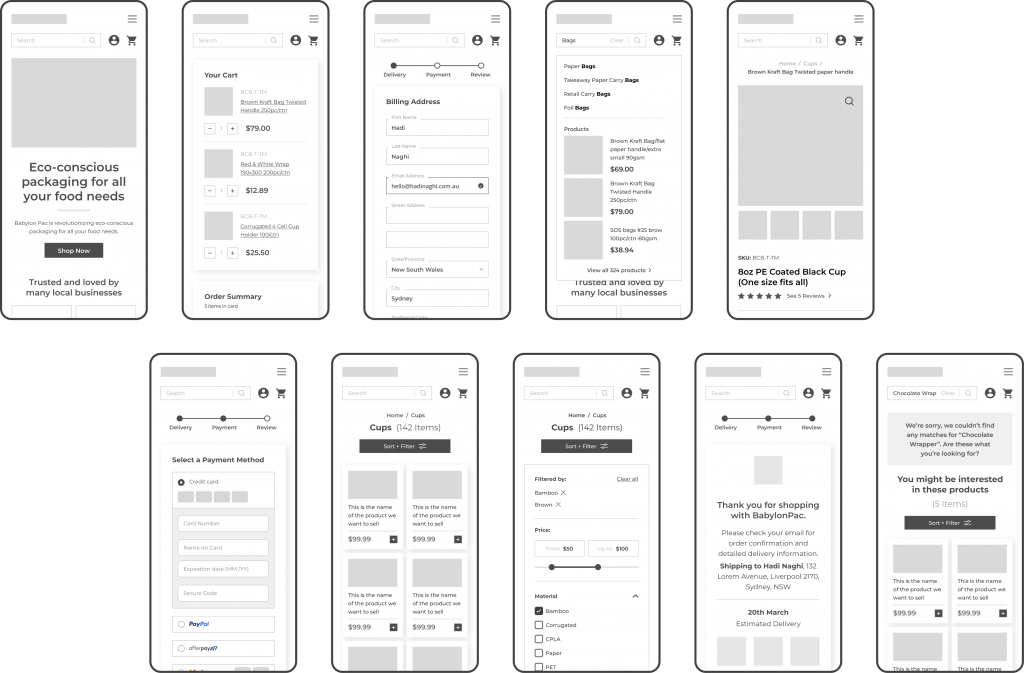

High fidelity mockups
Introducing a refreshed
fit-for-purpose home page
- Revamped, compact header with updated search bar and relevant links
- Company tagline and contact details at the top
- Clear call-to-action button in hero
- List of happy customers as trust signals
- Language and imagery to reflect updated brand identity

Revamped search bar
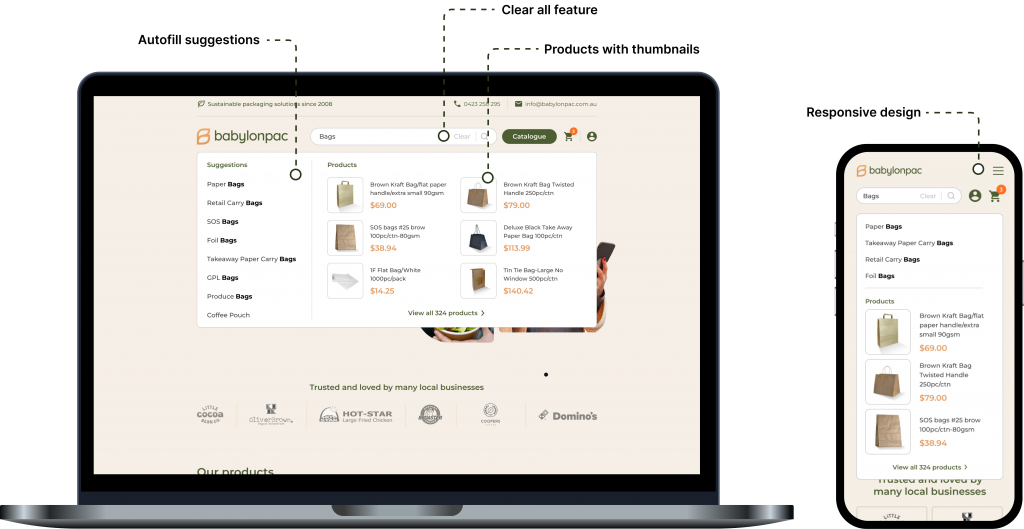
Refined checkout experience
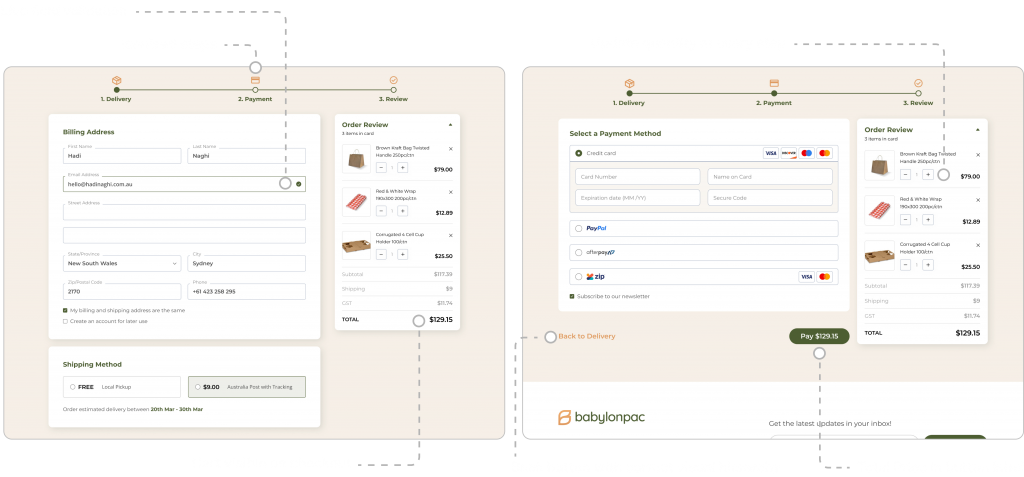
Thank you page
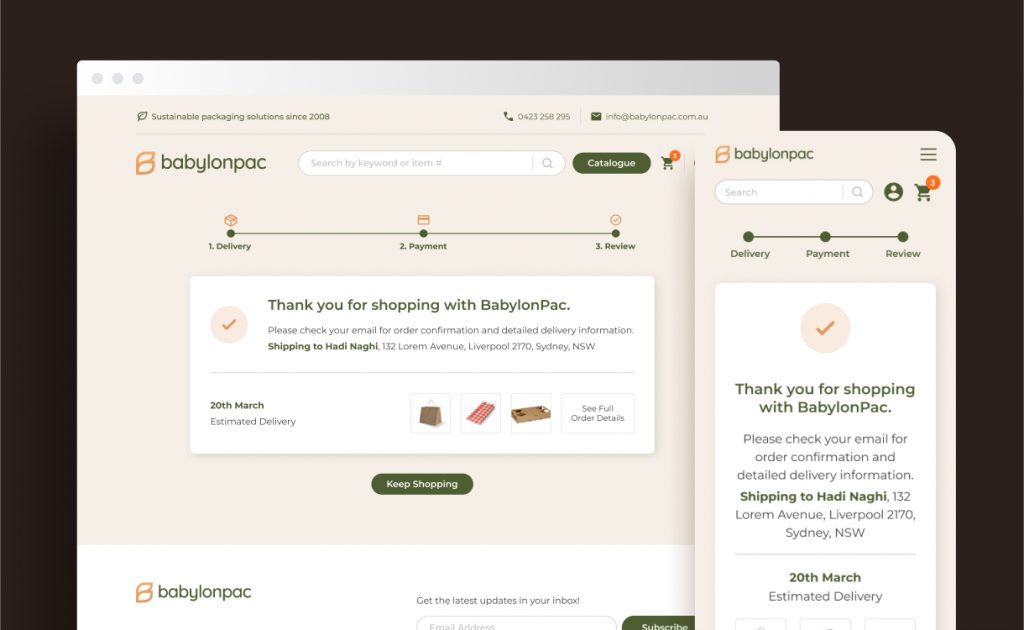
Style guide and components
Next steps
Collaborating with developers to ensure a smooth transition and accurate implementation of the design
Monitoring the website's performance and gathering user feedback to identify areas for further optimization
Measuring key performance indicators (KPIs) such as conversion rates, bounce rates, and user engagement to evaluate the effectiveness of the redesign
Continuously iterating on the design based on data-driven insights and staying updated with emerging design trends and best practices in the sustainable packaging industry
